CovSoc member, Peter James, tells us this interesting story about telecommunications infrastructure in our region. Peter writes…..
From 1st January 1912 The General Post Office became a virtual monopoly supplier of telecomms systems in the UK having taken over the systems of the National Telephone Company. Subscriber Trunk Dialling (STD) was introduced in the UK in 1958. Queen Elizabeth II made the first STD call on the 5th December that year between Bristol and Edinburgh. It enabled long distance calling using a telephone dial. Previously these calls needed the assistance of an operator. A major supplier of trunk exchange equipment to the Post Office was GEC Telecomms. I was a technician apprentice at GEC Telecomms Coventry between 1962 and 1966.
In 1964 I joined other apprentices and a team of engineers commissioning trunk dialling equipment in the Post Office main exchange in Newhall Street Birmingham. This equipment had been designed and manufactured at the Transmission Division, Telephone Works in Copsewood Coventry. Five of us travelled from Coventry every day in an Austin Cambridge, two engineers in the front and three apprentices in the back. Our manager travelled independently from his home in Allesley Park. After working in the exchange for about two months some of us were asked to fill in a form. It was from the M.O.D. Apparently, we would need a pass to work in a different part of the site. Eventually we each received a pass to work in the Anchor Exchange. (An anchor is the hallmark of the Birmingham Assay Office). Passes had to be shown on entry to the exchange.
35 metres below the main exchange building was a nuclear hardened telephone exchange codenamed Anchor. It was designed to withstand an atomic blast from a bomb the size of that dropped on Hiroshima. Building had commenced in 1953 with workers believing they were building an underground railway.
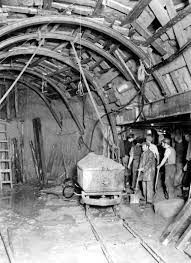
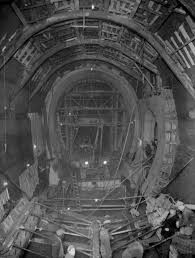
The general public were also led to believe that an underground railway tunnel was under construction. By 1956 a statement had been issued claiming that the project had been abandoned due to rising costs. Along with Kingsway Exchange in London and Guardian Exchange in Manchester, Anchor was built to provide communication systems with protection from a nuclear attack. When completed Anchor had the capacity to handle 250,000 calls a day. The building also contained sleeping quarters for 100 people, kitchens, a canteen and offices. Its own substation could supply electricity which was backed up by three standby generators. Water came from a 300-foot deep artesian well and this was the first Post Office location to have air conditioning. Doors to the site were made of steel filled with lead and weighed two tons.
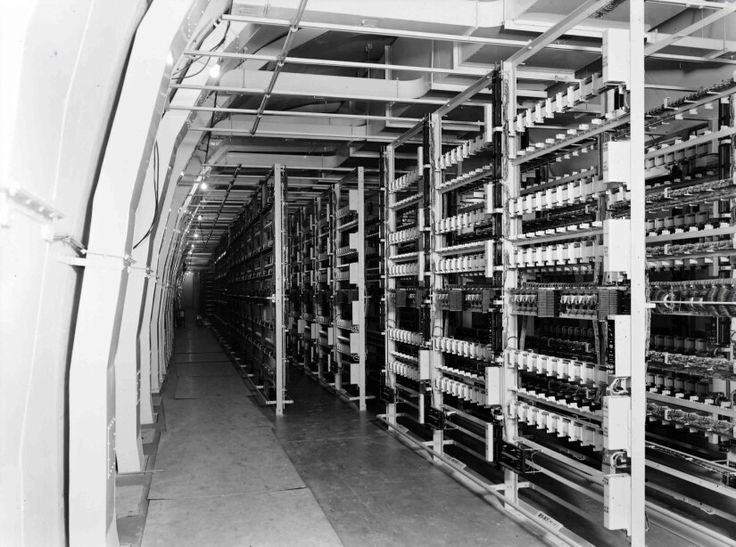
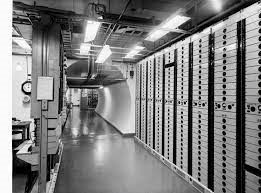
In November 1957 the British successfully tested a hydrogen bomb which was 100 – 1000 times more powerful than the bomb dropped on Hiroshima. This development demonstrated the greatly reduced ability of the exchange building to resist a future nuclear attack. By the late 1960s Anchor had been declassified. During the Cuba Missile Crisis in 1962 the Anchor exchange was put on Alert for the only time in its history. Some engineers were replaced by specialist managers and women were not allowed in.
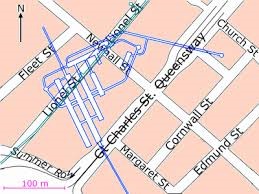
This map shows the extent of the tunnels below ground. Although the main exchange was 35 metres below ground the tunnels containing cables etc. were much shallower.
The exchange was maintained and continued in operation until the 1980s.
